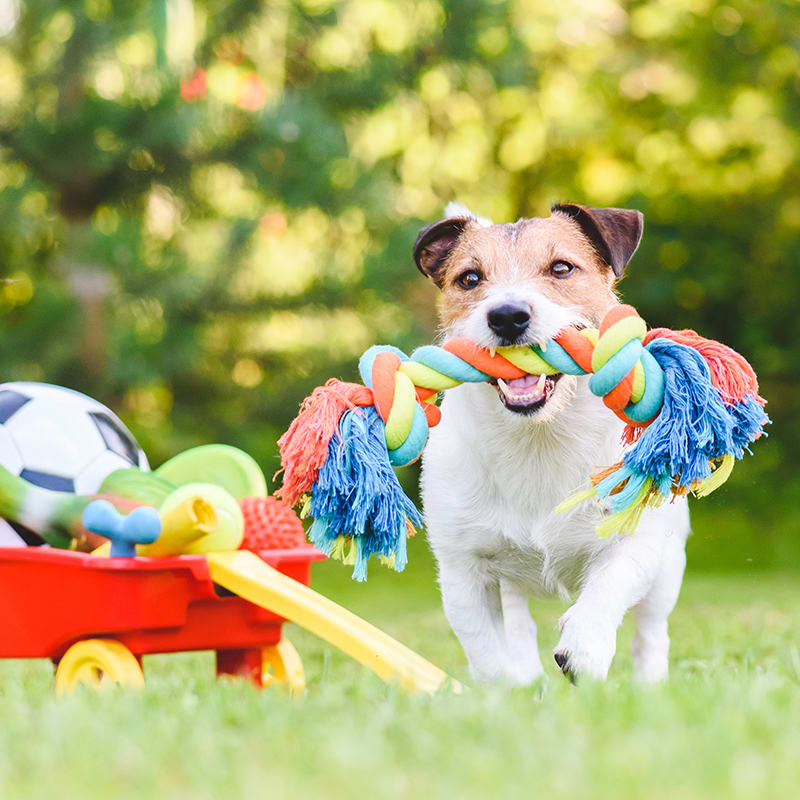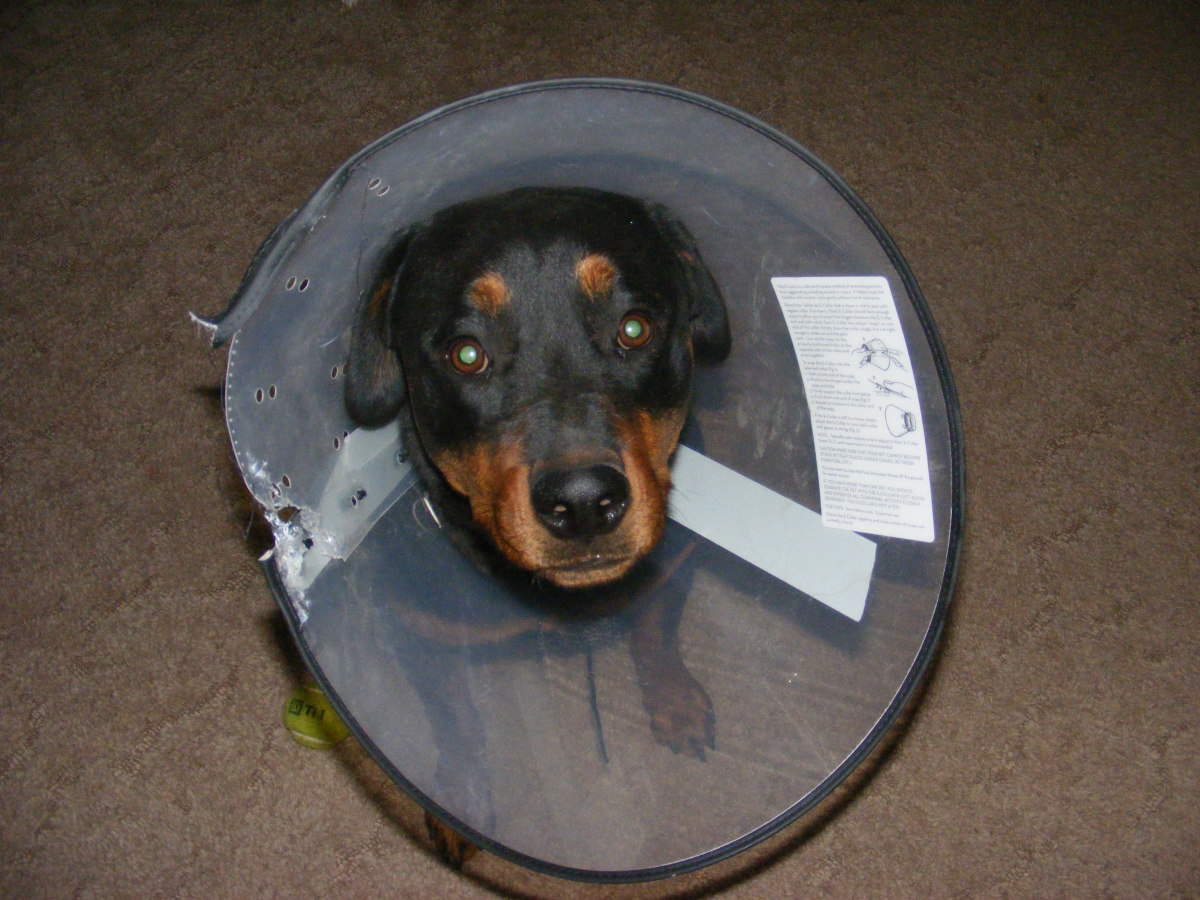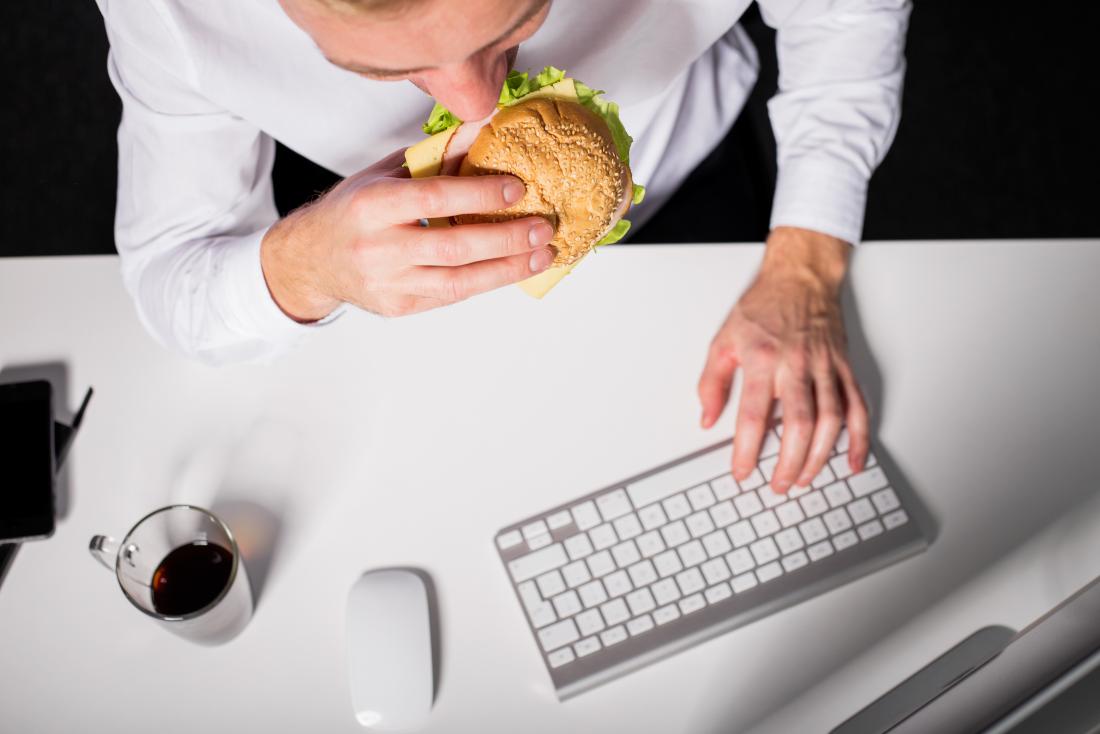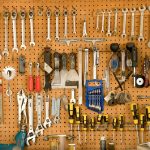To stop a dog from chewing, provide them with plenty of chew toys and redirect their behavior when they start chewing on something they shouldn’t. Now, let’s dive into some effective ways to prevent your furry friend from destroying your belongings.
Dogs love to chew, it’s a natural behavior for them. However, when they start chewing on your shoes, furniture, or other household items, it can become a frustrating and expensive problem. Not only can it damage your property, but it can also pose a danger to your dog if they ingest something harmful.
Fortunately, there are several strategies you can use to stop your dog from chewing on things they shouldn’t. We’ll explore some of the most effective methods for preventing destructive chewing and keeping your furry friend happy and healthy.

The Chew Challenge
Welcome to the chew challenge! If your dog’s chewing habits are causing chaos in your home, you’re in the right place. Understanding why dogs chew, recognizing when it becomes a problem, and learning how to address it is essential for a harmonious household.
Why Dogs Chew
Dogs chew for various reasons, including teething, exploration, and boredom. Chewing also helps keep their jaws strong and their teeth clean. Understanding the root cause of your dog’s chewing behavior is crucial in addressing the issue effectively.
When Chewing Becomes A Problem
Chewing becomes a problem when it leads to destruction of furniture, shoes, and other valuable items. It can also pose a danger to the dog if they ingest harmful objects. Identifying the point at which chewing becomes excessive is key to implementing the right training and management strategies.
Identifying The Triggers
Identifying the triggers behind your dog’s chewing behavior is crucial in stopping this habit. By observing patterns and potential stressors, you can address the root cause effectively. Training, mental stimulation, and appropriate chew toys are essential for redirecting your dog’s chewing instincts.
Dogs are natural chewers, and it is normal for them to chew on things occasionally. However, excessive chewing can become a problem, especially if it destroys your furniture or belongings. Before you can stop your dog from chewing, you need to identify the triggers that cause it. Identifying these triggers will help you determine the underlying cause of your dog’s behavior, making it easier to address the issue. Here are some common triggers of chewing and how to address them.Boredom And Excess Energy
Dogs that are bored or have excess energy may resort to chewing as a way to entertain themselves. If your dog is not getting enough exercise or playtime, they may become restless and look for ways to relieve their boredom. Here are some ways to address this trigger:- Make sure your dog gets enough exercise every day. Take them for walks, runs, or play fetch with them.
- Provide your dog with plenty of toys to play with. Rotate them regularly to keep your dog interested.
- Consider doggy daycare or a dog walker to provide your dog with additional exercise and socialization.
Anxiety And Stress
Dogs that are anxious or stressed may resort to chewing as a way to cope with their emotions. If your dog is anxious or stressed, it is important to address the underlying cause of their anxiety. Here are some ways to address this trigger:- Identify the source of your dog’s anxiety and remove it if possible.
- Provide your dog with a safe and comfortable space to retreat to.
- Consider using calming aids, such as pheromone sprays or anxiety vests.
Teething In Puppies
Puppies go through a teething phase, during which they may chew on things to relieve the discomfort in their gums. If your puppy is chewing excessively, it may be due to teething. Here are some ways to address this trigger:- Provide your puppy with safe and appropriate chew toys to relieve their discomfort.
- Freeze chew toys to provide extra relief to your puppy’s sore gums.
- Redirect your puppy’s attention to appropriate chew toys when you catch them chewing on something they shouldn’t.
Immediate Solutions
When you catch your dog in the act of chewing, it’s crucial to address the behavior immediately. Here are some effective immediate solutions to stop your dog from chewing on inappropriate items:
Dog-proofing Your Home
To prevent your dog from chewing on household items, it’s essential to dog-proof your home. Keep items like shoes, cords, and small objects out of reach.
Appropriate Chew Toys
Provide your dog with a variety of appropriate chew toys to redirect their chewing behavior. Toys like rubber bones and puzzle toys can keep them entertained and satisfied.

Training Techniques
Teaching your dog to stop chewing involves redirecting their behavior with chew toys and positive reinforcement. Consistent training techniques like crate training and providing mental stimulation can help curb destructive chewing habits effectively.
Positive Reinforcement
One effective technique to stop a dog from chewing is through positive reinforcement. This method focuses on rewarding desired behaviors, encouraging the dog to repeat them. By associating chewing alternatives with rewards, you can redirect their chewing instincts towards appropriate objects.
Here’s how you can implement positive reinforcement:
- Identify appropriate chewing items for your dog, such as chew toys or bones.
- Introduce the chew item to your dog and encourage them to interact with it.
- When your dog shows interest in the chew toy or bone, praise them with enthusiasm and give them a small treat.
- Continue to reinforce positive behavior by repeating this process consistently.
- Remember to be patient and consistent with the rewards, as it may take time for your dog to understand the desired behavior.
Redirection And Distraction
Another effective technique to prevent chewing is through redirection and distraction. This method involves redirecting your dog’s attention away from inappropriate chewing objects and towards more suitable alternatives.
Follow these steps to implement redirection and distraction:
- When you catch your dog in the act of chewing on something they shouldn’t, calmly and firmly say “no” or “leave it”.
- Immediately remove the inappropriate object from your dog’s reach.
- Provide your dog with an appropriate chew toy or bone as an alternative.
- Encourage your dog to engage with the new chew item by praising them and offering treats.
- If your dog continues to show interest in inappropriate objects, repeat the redirection process consistently.
Remember, consistency is key when using redirection and distraction as a training technique. With time and patience, your dog will learn to focus their chewing behavior on appropriate items.
Exercise Essentials
Exercise is not only important for your dog’s physical health but also for their mental well-being. Regular exercise helps to prevent boredom and destructive chewing behaviors. In this section, we will explore the exercise essentials that will keep your dog active, engaged, and less likely to chew on your belongings.
Daily Physical Activities
To stop your dog from chewing, it is crucial to provide them with daily physical activities. These activities help burn off excess energy and keep them mentally stimulated. Here are some exercise essentials to consider:
- Take your dog for a brisk walk or jog at least twice a day. This helps them expend energy and releases pent-up stress.
- Engage in play sessions that involve running, chasing, and retrieving. Use toys like balls or frisbees to keep them entertained and active.
- Consider enrolling your dog in agility training or obedience classes. These activities not only provide physical exercise but also mental stimulation.
Mental Stimulation
In addition to physical exercise, mental stimulation is crucial to prevent destructive chewing. Mental activities engage your dog’s brain and tire them out mentally. Here are some ways to provide mental stimulation:
- Introduce puzzle toys that require your dog to figure out how to get a treat or a toy. This keeps their mind occupied and redirects their chewing behavior.
- Teach your dog new tricks and commands. This not only challenges their cognitive abilities but also strengthens the bond between you and your furry friend.
- Rotate your dog’s toys regularly to keep them interested. Introducing new textures, sounds, and scents will engage their senses and prevent boredom.
By incorporating these exercise essentials into your dog’s daily routine, you can provide them with the physical and mental stimulation they need to prevent chewing. Remember, a tired and stimulated dog is less likely to resort to destructive behaviors.

Long-term Strategies
Long-term strategies are crucial in preventing your dog from destructive chewing behaviors. By implementing consistent routines and considering professional training options, you can effectively address this issue and create a harmonious environment for both you and your furry friend.
Routine And Consistency
Establishing a consistent routine is essential in curbing your dog’s chewing habit. Set specific times for feeding, exercise, and play to ensure your dog expends excess energy and stays mentally stimulated. Provide interactive toys and rotate them regularly to keep your dog engaged and prevent boredom.
Professional Training Options
Consider seeking assistance from professional trainers or behaviorists who specialize in addressing chewing behavior. They can provide personalized guidance and develop a training plan tailored to your dog’s needs. Enroll your dog in obedience classes to instill discipline and reinforce positive behaviors.
Dietary Considerations
Dietary considerations play a crucial role in stopping your dog from chewing on inappropriate items. By focusing on nutritional factors and incorporating chew-resistant foods into your dog’s diet, you can effectively address this behavior.
Nutritional Factors
Ensure your dog’s diet is balanced and provides necessary nutrients to prevent excessive chewing.
Chew-resistant Foods
Introduce foods that are challenging to chew, keeping your dog engaged and satisfied.
When To Seek Help
If your dog’s chewing habit becomes destructive, seek help from a professional trainer or behaviorist. They can provide guidance on redirecting the behavior and addressing any underlying issues. Seeking help early can prevent further damage and ensure a happy, well-behaved pup.
Signs Of Compulsive Chewing
If your dog shows persistent chewing behaviors beyond puppyhood.Consulting A Veterinarian
When chewing becomes destructive or excessive, consult a vet. When to Seek Help: If your dog’s chewing is excessive or destructive, it’s time to seek help.Signs Of Compulsive Chewing
Look for persistent chewing behaviors beyond puppyhood.Consulting A Veterinarian
Seek help if chewing becomes destructive or excessive.Frequently Asked Questions
Can You Train A Dog To Stop Chewing?
Yes, you can train a dog to stop chewing. Use positive reinforcement by redirecting their chewing behavior to appropriate toys and rewarding them when they chew on those instead of inappropriate items. Consistency and patience are key in teaching them what is acceptable to chew on.
How Can I Get My Dog To Stop Chewing And Eating Everything?
To stop your dog from chewing and eating everything, try these tips: 1. Provide appropriate chew toys to redirect their chewing behavior. 2. Keep valuable items out of their reach. 3. Use deterrent sprays or bitter-tasting products on objects they shouldn’t chew.
4. Supervise and correct their behavior consistently. 5. Provide mental and physical stimulation to prevent boredom.
At What Age Do Dogs Stop Destructive Chewing?
Dogs usually stop destructive chewing around 6 to 9 months old, after teething ends.
What Will Deter Dogs From Chewing?
To deter dogs from chewing, provide them with plenty of chew toys and bones, spray bitter apple or vinegar on items they’re not supposed to chew, keep household items out of reach, and provide plenty of exercise and mental stimulation.
Consistency and positive reinforcement training can also be helpful in preventing unwanted chewing behavior.
Conclusion
Stopping a dog from chewing requires patience, consistency, and positive reinforcement. By providing appropriate chew toys, training, and supervision, you can redirect your dog’s behavior and discourage destructive chewing. Understanding the underlying reasons for chewing and addressing them is crucial for successful training.
With these strategies, you can effectively prevent unwanted chewing behavior and create a harmonious relationship with your canine companion.



